
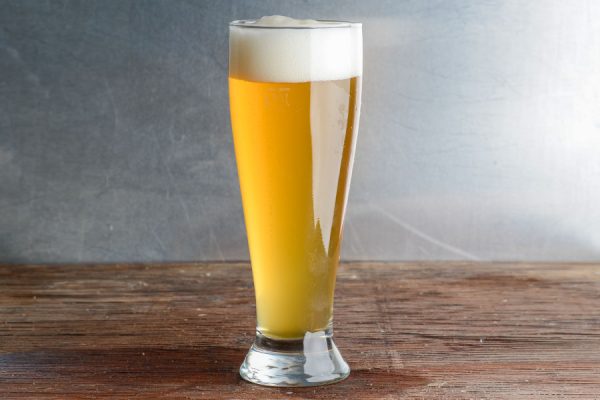
Blue Gueuze
This recipe has changed and evolved over the last 5 years, as the beer is in a 15-gallon solera barrel. Usually, I pull 5 gallons and top up with fresh beer every 4 months. A beer from this same barrel…
Peruse pairings, learn how to make beer, cider, mead, kombucha, and other alternative fermentations, get DIY tutorials, and much more in our archives.


This recipe has changed and evolved over the last 5 years, as the beer is in a 15-gallon solera barrel. Usually, I pull 5 gallons and top up with fresh beer every 4 months. A beer from this same barrel…


Mash at 148°F (64°C) for 60 minutes and slowly raise to mashout temperature of 169°F (76°C). Fly sparge, collect runoff, and boil 90 minutes (or until you’re happy with the gravity), adding the first and only hop addition at the…

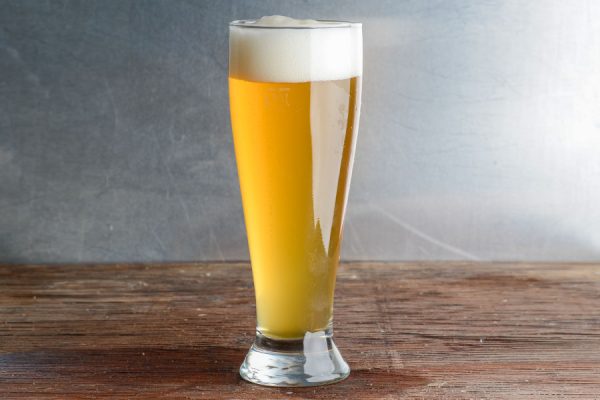
Mash at 131°F (55°C) for 20 minutes and then 152°F (67°C) for 60 minutes. Boil 60 minutes, adding hops and spices as indicated. Begin fermentation at 65°F (18°C) and hold for 48 hours. After 48 hours, let temperature free rise…


Target a mash pH of 5.3. Mash in at 133°F (56°C), hold 20 minutes, and then raise mash to 147°F (64°C) and hold 60 minutes. Mash out at 168°F (76°C) and hold 10 minutes. Lauter, then boil for 75 minutes,…

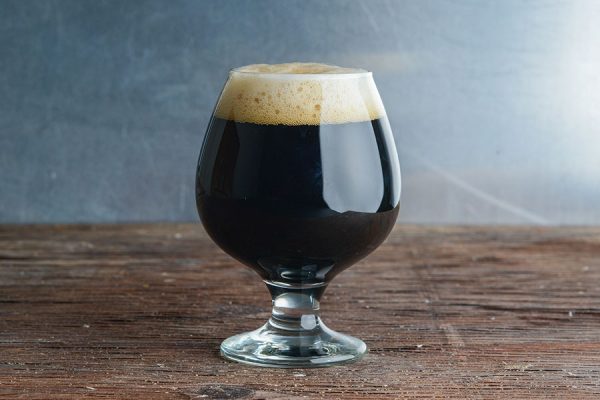
Mash 75 minutes at 150°F (66°C). Collect runoff, dissolve table sugar into wort, and boil 90 minutes, adding hops as indicated. Chill wort to 66°F (19°C), pitch yeast, and ferment to completion, allowing temperature to rise to 72°F (22°C) by the…


Co-brewed by DOZE homebrew club. Recipe provided by Robbie Proctor. Single infusion mash at 148°F (64°C) for 60 minutes, targeting 5.3 pH. Lauter then boil for 120 minutes, adding hops at prescribed times. During the boil, make invert sugar by combining 1.5…


Mash at 150°F (66°C) 60 minutes, then mash out at 169°F (76°C) for 10 minutes. Fly sparge, dissolve brown sugar in wort, and boil 120 minutes, adding hops and yeast nutrient as indicated. Chill to 50°F (10°C), oxygenate with stone for…

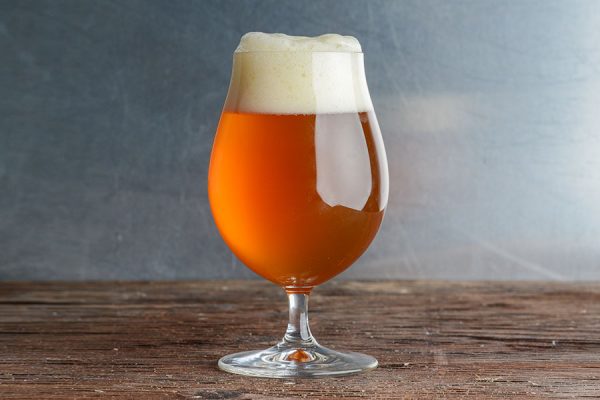
Single infusion mash at 149°F (65°C) for 60 minutes. Mash out for 10 minutes at 168°F (76°C). Lauter and then boil for 120 minutes. Add whirlpool hops post-boil and allow 20 minutes of contact time at 180°F (82°C). Transfer chilled wort…

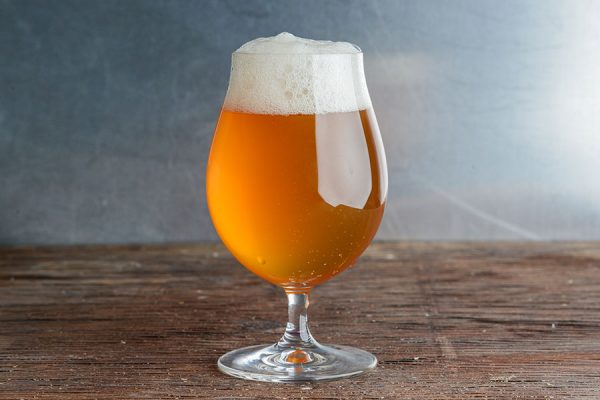
Mash at 155°F (68°C) for 60 minutes. Boil 45 minutes. Chill wort to 65°F (18°C), pitch yeast, and oxygenate with pure O2. Ferment at ferment 68°F (20°C).


Prepare yeast with 2 packs in a 1.2 L simple starter fermented at 66°F (19°C) for 24 hours. Using a 1.25 qt./lb. mash thickness (2.6 L/kg), start with a protein rest at around 122–124°F (50–51°C) for 15 minutes. Slowly heat the…
Share Post